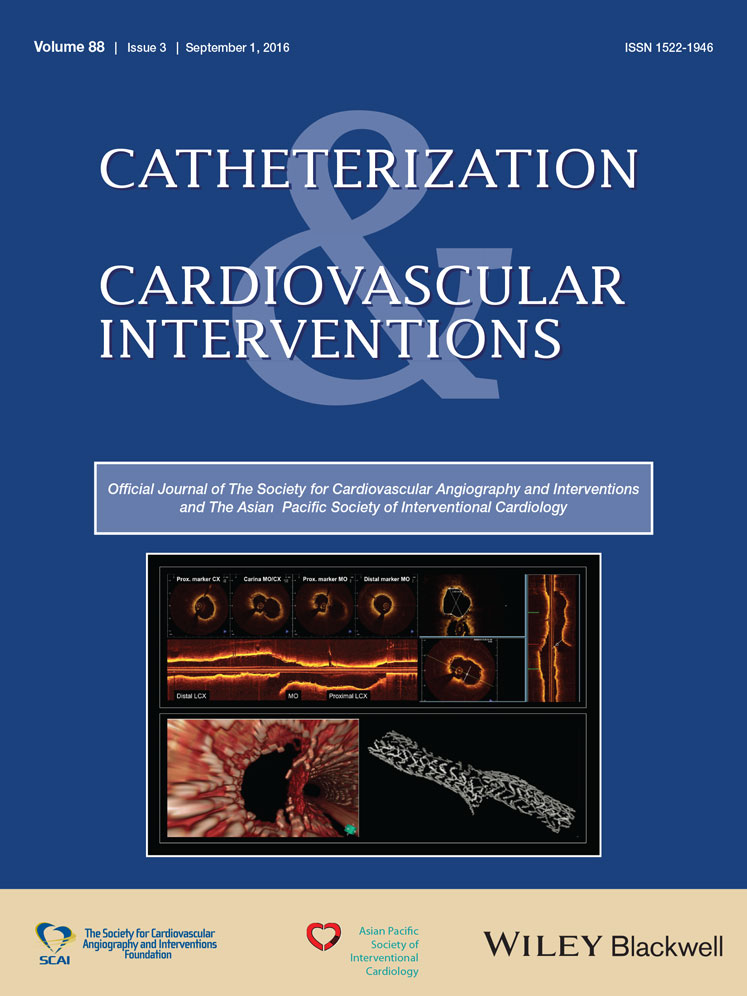Early healing assessment with optical coherence tomography of everolimus-eluting stents with bioabsorbable polymer (synergy™) at 3 and 6 months after implantation
Conflict of interest: Jose M. de la Torre Hernandez, has research grants from: Boston Scientific, Abbott vascular, Biosensors, Biotronik, St Jude. Juan M. Duran, has research grant from Boston Scientific and St Jude Medical. Paula Tejedor, has research grant from Boston Scientific.
Abstract
Objectives
In this study we sought to evaluate coverage and apposition of Synergy™ stent at 3 and 6 months after implantation.
Background
The Pt-Cr everolimus-eluting stent with abluminal bioabsorbable polymer (Synergy™) is a new generation drug-eluting stent with features potentially favoring an early healing process which could make safe a shorter period of dual antiplatelet-therapy treatment.
Methods
Prospective, two-centers study enrolling patients with similar lesions treated with Synergy™ stents undergoing examination with OCT at 3 and 6 months in the respective centers. Blinded analysis was done at a core lab. Co-primary endpoints were proportion of struts with coverage and with apposition at 3 and 6 months.
Results
Finally, 22 patients (30 stents) in the 3 months group and 20 patients (30 stents) in the 6 months group were included. There were no significant differences between groups regarding clinical, angiographic measurements, and procedural data. The rate of strut coverage was 94.5% at 3 months and 96.6% at 6 months (P < 0.001), the rates of apposition were 93.8% and 96.2%, respectively, (P < 0.001), the proportion of uncovered but apposed struts was 2.5% and 1.9% (P = 0.03) and the proportion of uncovered and malapposed struts was 3% and 1.8%, respectively (P < 0.001). The maximal area of malapposition related with uncovered struts was 0.43 ± 0.4 mm2 at 3 months and 0.14 ± 0.2 mm2 at 6 months (P = 0.001).
Conclusions
The everolimus-eluting stent with absorbable polymer, Synergy™, is associated to a high degree of intimal coverage and apposition at 3 months after implantation with additional increase at 6 months. © 2015 Wiley Periodicals, Inc.




